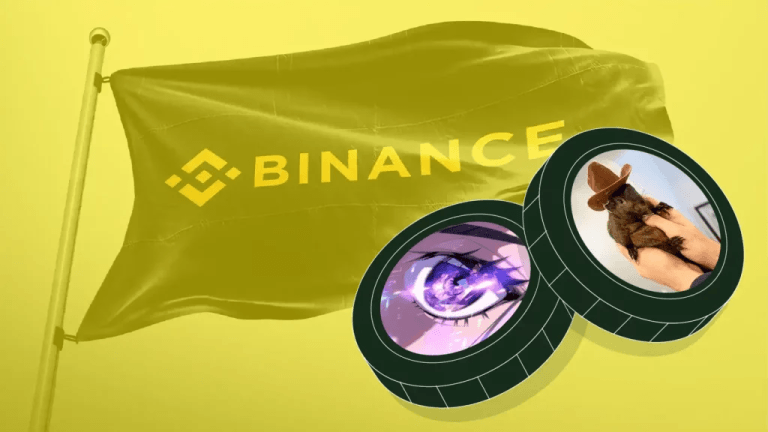AI has a role to play in detecting fake NFTs

Artificial intelligence is going to be a key component in cracking down on the growing number of counterfeit non-fungible tokens (NFTs).
Beyond all the good a permissionless internet promises, it also makes it convenient for anyone to freely mint pirated nonfungible tokens (NFTs). There are in fact over 90 million fake copies of NFTs. Because in a permissionless system, what’s to stop bad actors from creating copymints to scam unsuspecting users or damage a brand’s reputation?
Only the top 20 most copied NFT projects account for 8 million fake copies across NFT marketplaces.

Since NFTs are valuable only because of their uniqueness, such copycat NFTs are fundamentally worthless for consumers. They imply a massive reputational cost besides financial loss for buyers and creators. This is particularly detrimental to a nascent and emerging industry like NFTs.
The “nonfungibility” and rarity of NFT assets are pivotal to their value proposition. These are the qualities bringing long-term adopters to this domain. But although the on-chain “token” itself may be unique and nonfungible, the content mapped to it through metadata can be tampered with, replaced or even removed. This is among the key technical challenges facing NFT innovators today.
Related: Cryptocurrency miners are leading the next stage of AI
It’s apparent now that NFT marketplaces need to step up to protect consumer and creators’ interests against copyminting, forgery and intellectual property violations.
But the big question for them is: How do you protect users from copymints while keeping the ethos of a permissionless and decentralized internet intact?
Copyminting has grown alongside NFTs
NFT sales counts topped 101 million in 2022, nearly 67% higher than in 2021 despite widespread bearish trends. The total monthly NFT trading volume reached $1 billion across marketplaces in January 2023, and the industry is on track to become a $231-billion market by 2030. NFT trademark filings also scaled new heights in 2022, further illustrating the industry’s rapid growth. But the demand for NFTs is growing not just among adopters but also among malicious actors.
Copyminting is among the most common scams involving NFTs. This method involves attackers deceiving buyers into thinking that their collection is original. Whereas in reality, it’s merely a copy or rip-off of another NFT, albeit a popular one. For example, Bored Ape Yacht Club has 10,000 original NFTs and more than 4 million counterfeit NFTs.
Most often, copymints simply make minor tweaks to the original collection, such as highlighting, mirroring, adding borders and pixelating originals. Some other methods include resizing, color swapping and adding unintegrated texts or emojis.
Scammers also often use filters to create fake NFTs. Sometimes copyminters put up pixel-to-pixel replicas from accounts bearing fake blue check marks and unauthorized copies of brand logos. This makes it even more difficult for users to differentiate between original and fake collections.
And with hundreds of NFTs listed across marketplaces every day, manually checking them for counterfeits is becoming increasingly challenging.
AI can restore authenticity and originality to NFTs
One way to prohibit fake mints is to revoke the “permissionless” nature of an NFT platform and limit the rights to mint NFTs. However, that would go against Web3 ethos, leaving NFT marketplaces in a tough spot.
NFT marketplaces, brands and creators need solutions that can effectively detect fakes without the need to restrict access or gatekeep these platforms. Artificial intelligence-powered content recognition and fraud detection systems are doing wonders to this end.
Related: Should Bored Ape buyers be legally entitled to refunds?
They can distinguish between originals and fakes to degrees impossible to the naked human eye. Particularly with the ever-increasing number of NFT projects, AI models are an anti-counterfeit game changer. These solutions can process hundreds of millions of assets per day with 99.9% accuracy.
In fact, some of the largest NFT marketplaces — including OpenSea and Rarible — have recently started using AI solutions to help with near real-time copymint detection. That means the AI solutions can assess new and existing collections for a wide range of parameters. Based on the results, they can detect potentially fake NFTs and either take them down instantly or notify marketplace moderators to take further action.
Although copyminting currently troubles stakeholders across the NFT landscape, innovative solutions like these can usher in a better future. By recognizing counterfeits vis-à-vis the immutable, on-chain data for the originals, they can restore the authenticity and originality of NFTs.
Doing so will go a long way to boost investor confidence, attract more institutional capital and strengthen adoption. And these are among the most valuable assets for NFTs as they mature into a mainstream industry.
This article is for general information purposes and is not intended to be and should not be taken as legal or investment advice. The views, thoughts and opinions expressed here are the author’s alone and do not necessarily reflect or represent the views and opinions of Cointelegraph.









